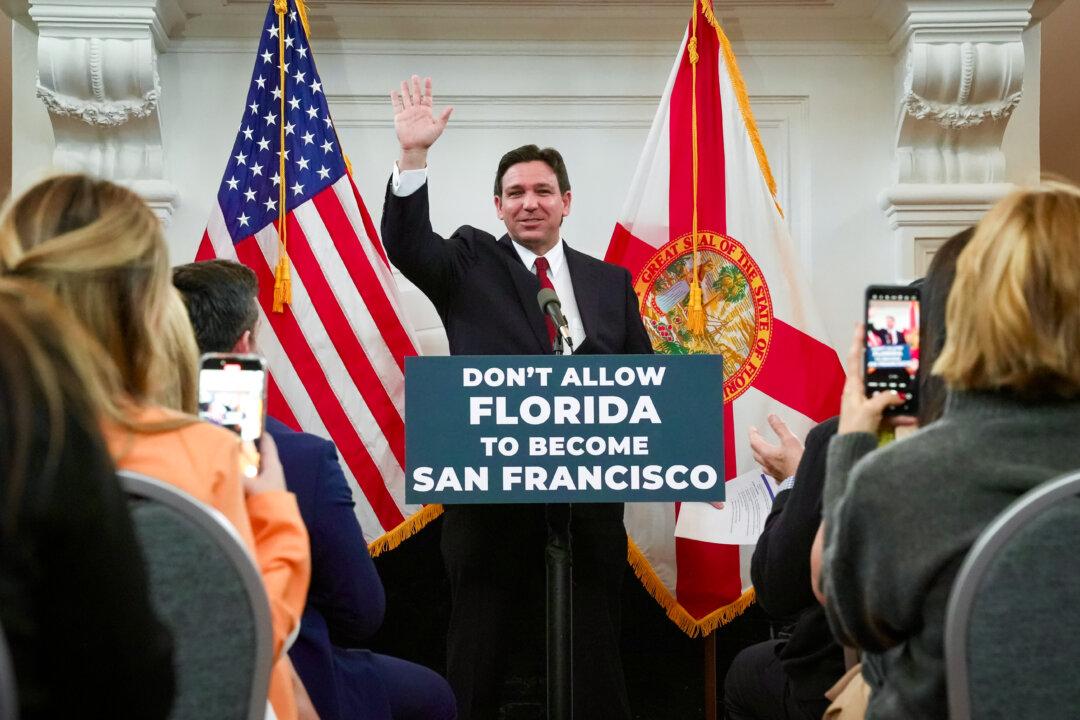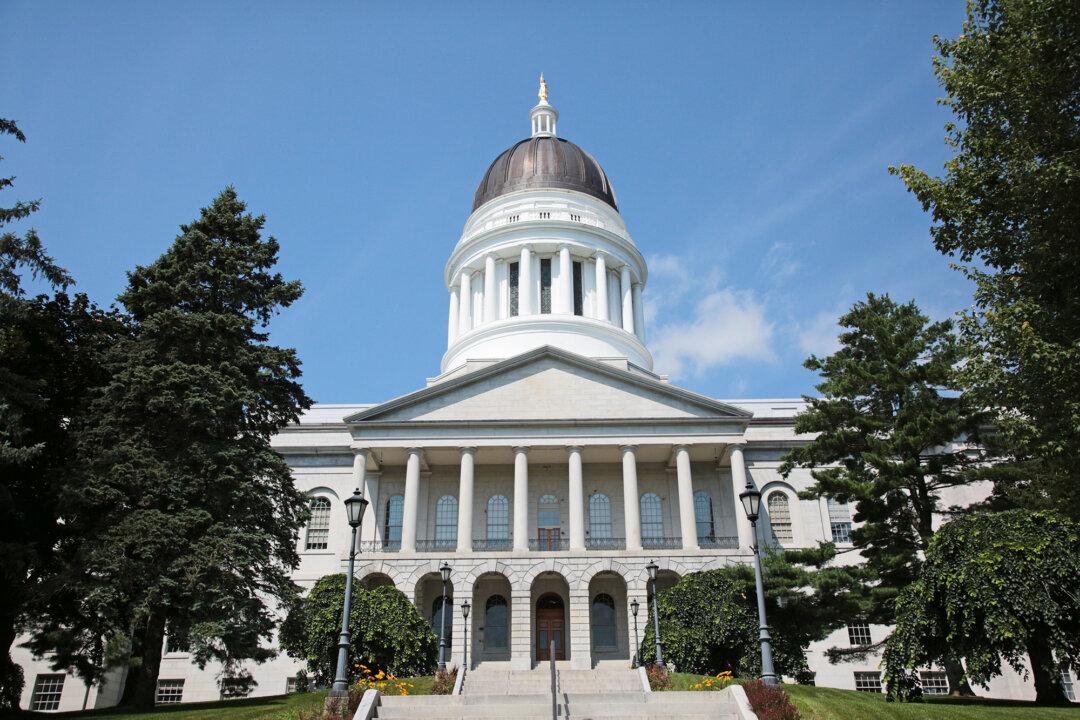Small cities and rural areas have discovered they can trade dollars for citizens to revitalize their economies.
Dozens of American towns facing population losses are now offering as much as $15,000 to those who move there and stay for at least one year. Most offer about $10,000.




